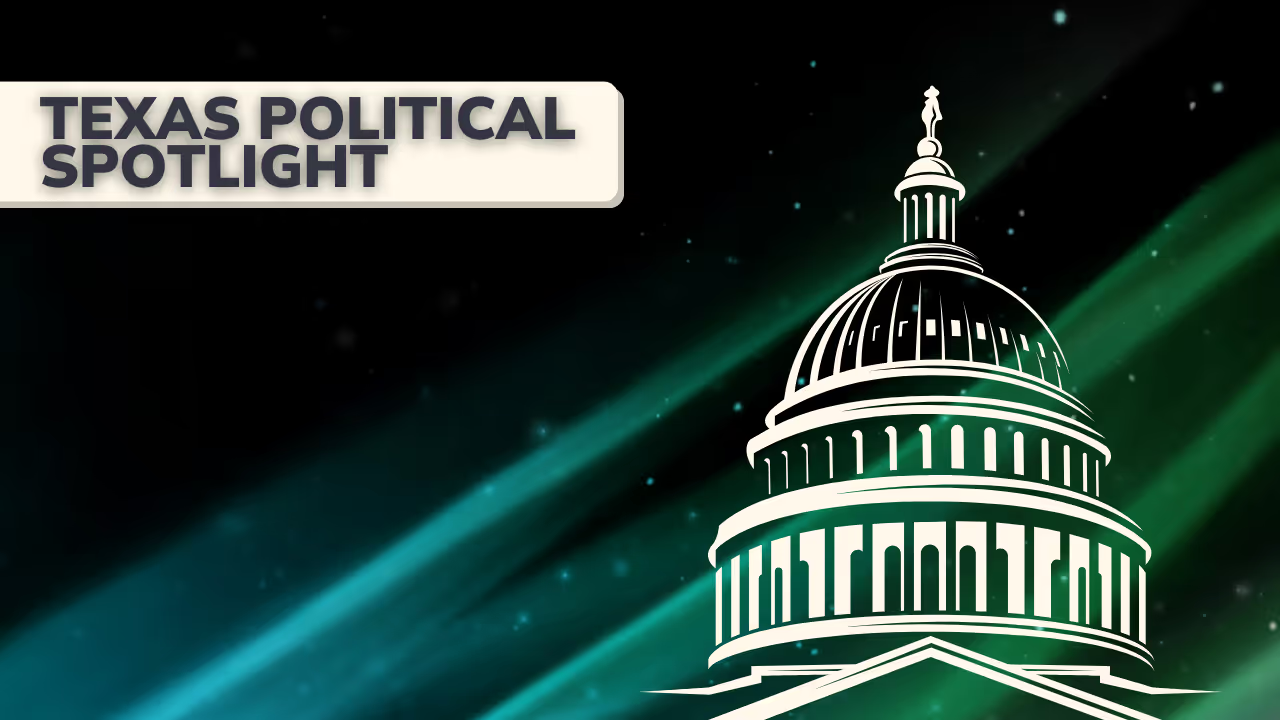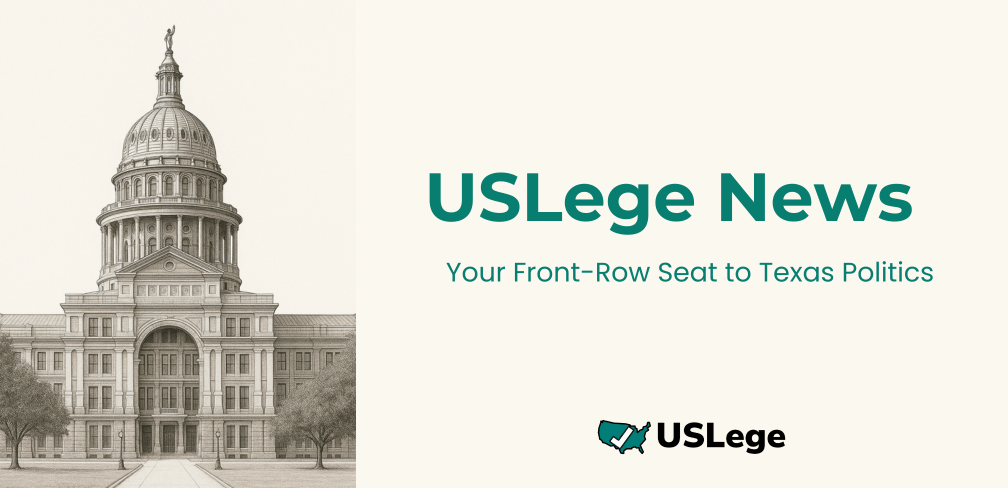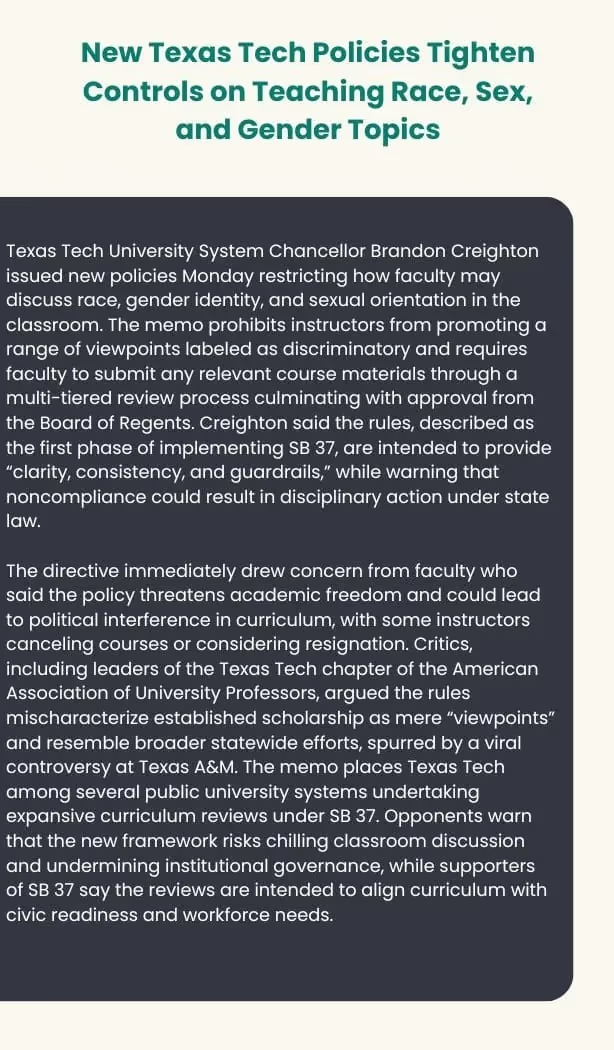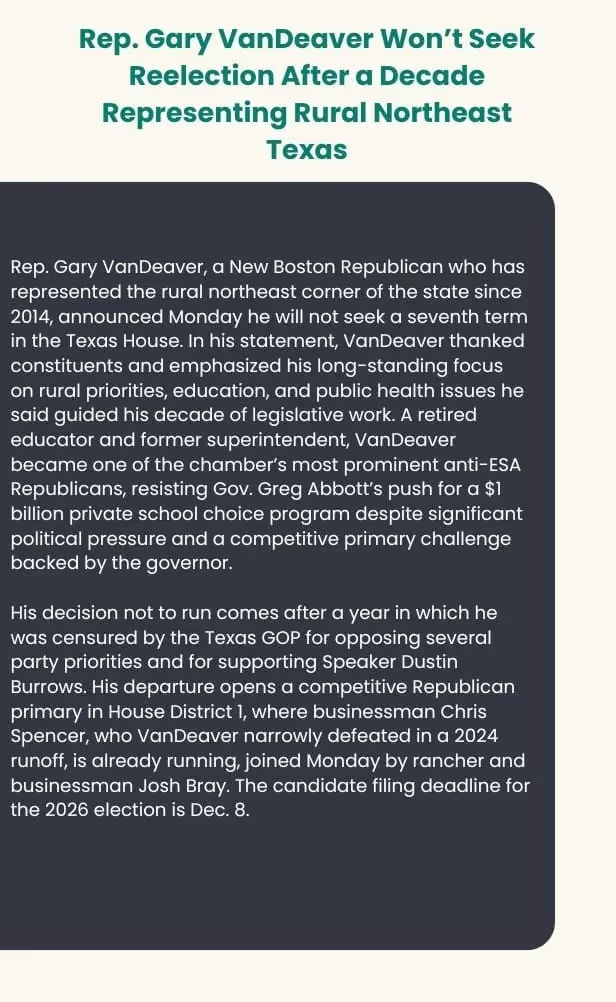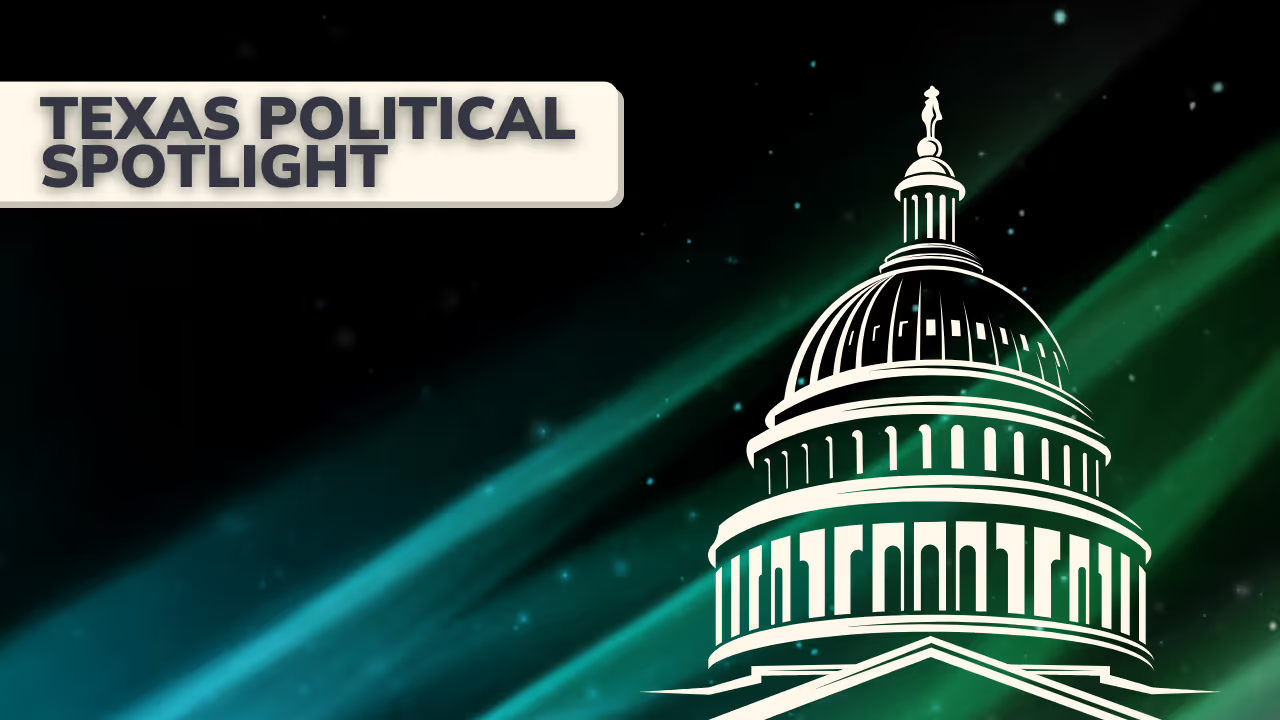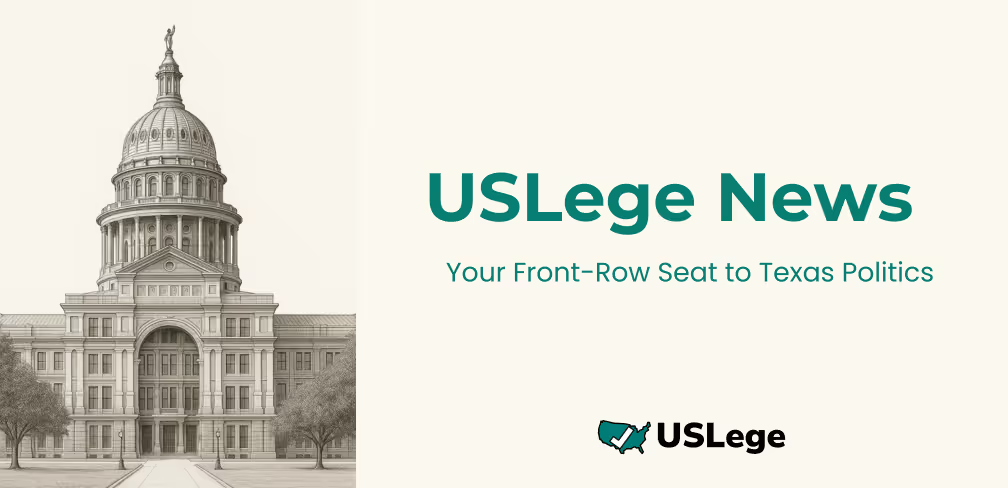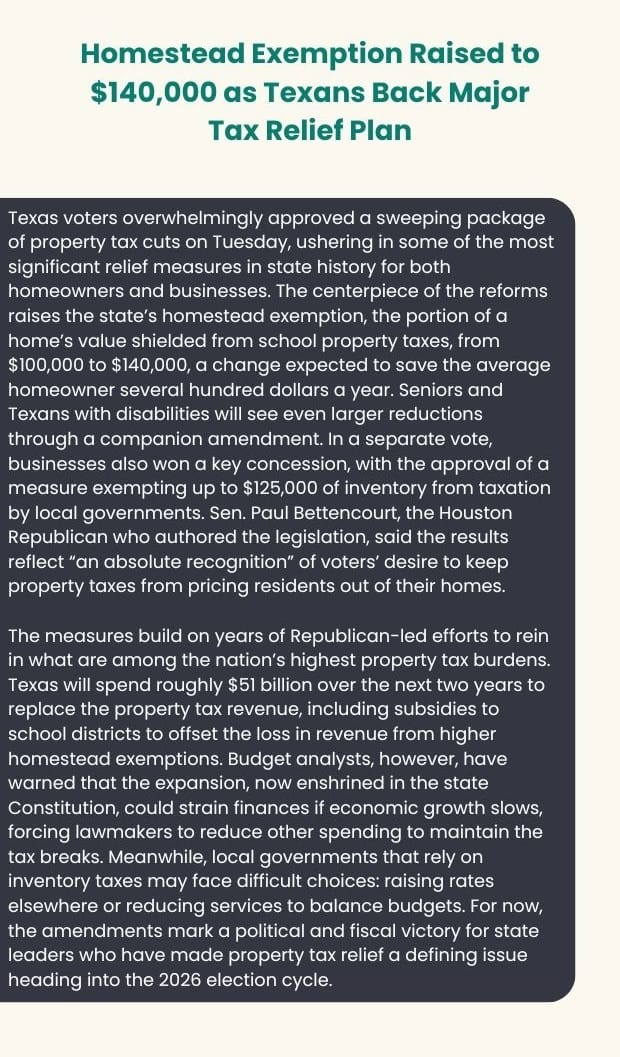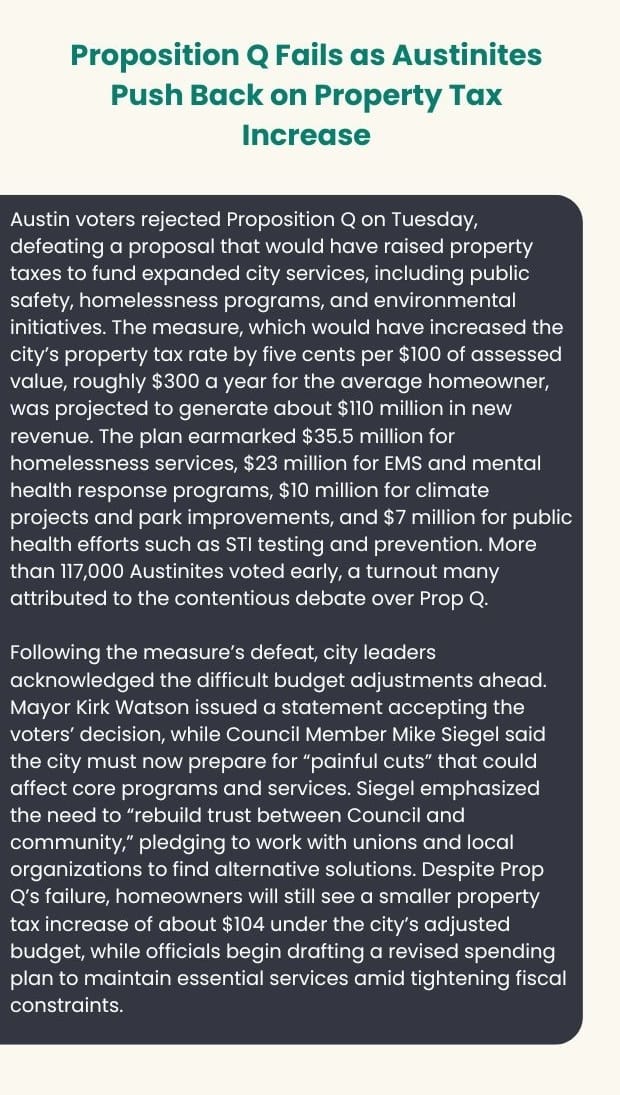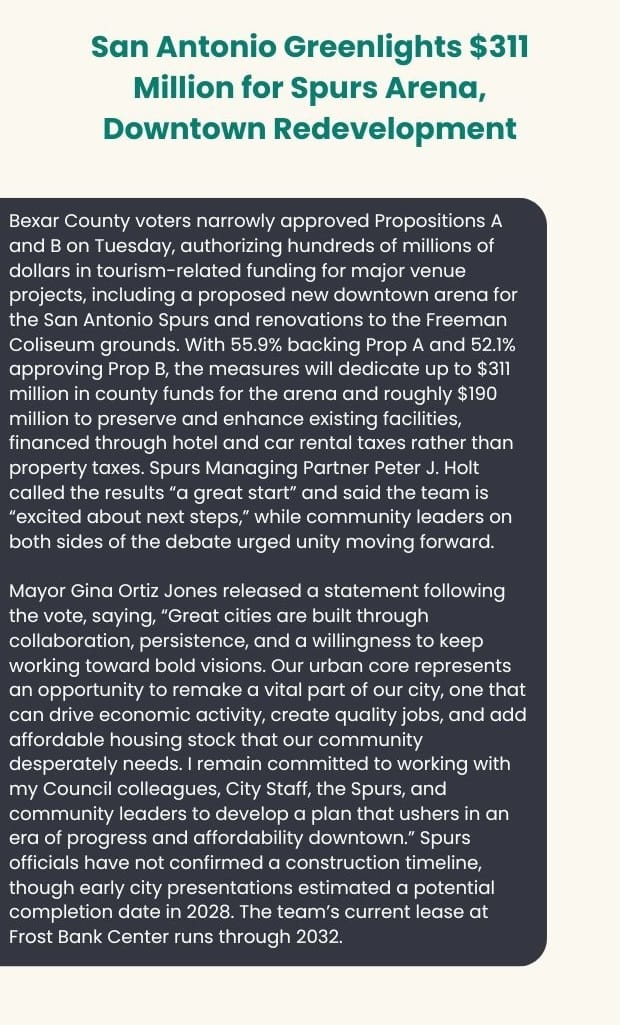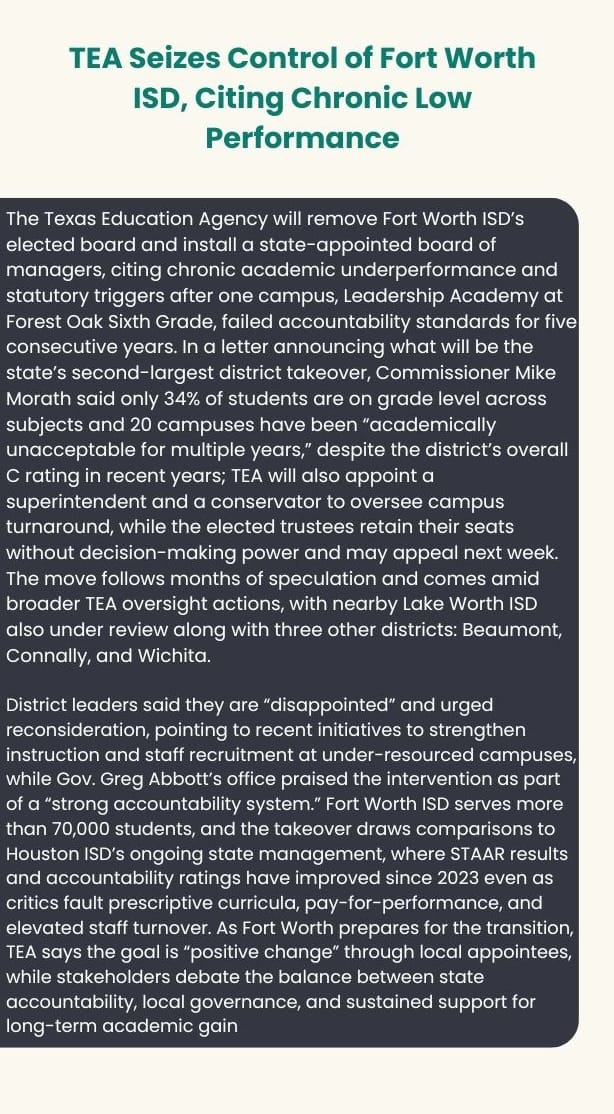Tomorrow (Tuesday) is Election Day for primary runoffs and special elections ordered for July 14. Our live coverage will begin at 7 p.m. CDT, when the polls close in all but El Paso and Hudspeth Cos. While we do not expect it to be as late of a night as the primary election, we do expect we won’t have definitive answers for close races once all the Election Day in-person ballots are counted.
For starters, we expect voters to cast a record number of mail ballots for a runoff. Since 2014, the number of runoff voters mailing in ballots in the 15 counties with the most registered voters has increased each cycle, rising from 80K in 2014 (59K Republicans, 21K Democrats) to 98K in 2016 (41K R, 37K D) to 114K in 2018 (51K R, 63K D) to 206K this year (58K R, 148K D).
In those 15 counties, more Democratic runoff voters have cast ballots by mail (148K) so far this year than in the past four runoff cycles combined (139K), while the number of Republican voters casting mail ballots is just off the 2014 pace total of 59K. Because turnout varies widely from runoff to runoff, the historic totals turn out not to be quite so historic as the percentage of runoff votes cast by mail is, at least as of Friday.
In those 15 counties, 31% of Republican runoff votes and 28% of Democratic votes have been cast by mail. These are both down from recent highs in 2016 – 41% of Republican votes and 40% of Democratic votes – and are also below the 2018 percentages. Absentee voting has increased because overall voter participation has increased, not because a greater proportion of voters have requested absentee ballots.
At least so far. A significant number of absentee ballots are expected to come in today (Monday) and Election Day, plus some additional overseas ballots arriving later in the week, that will drive the overall numbers higher, though not necessarily the percentages, depending on Election Day’s in-person turnout.
Absentee ballots are counted by a subset of election officials known as the Early Voting Ballot Board (EVBB). Well, in many counties, there are two EVBBs for primary and runoff elections. County political party chairs are the presiding judges, and there are at least two other members. A separate Signature Verification Committee with as many as 12 members may also be created, and larger committees are possible. If you’re interested in the minutiae of all this, the Secretary of State’s 2020 EVBB handbook (pdf) has it in spades.
Counties with a population of 100,000 were able to convene their Early Voting Ballot Boards as early as July 4 (likely July 6 because of the holiday) to begin the process of qualifying and scanning mail ballots. Counties with populations under 100,000 were able to convene their EVBBs as early as last Friday.
An absentee ballot may only be accepted if:
- The carrier envelope was “properly executed”
- The voter’s signatures on the ballot application and carrier envelope were not signed by someone else, unless it was a lawful witness
- The ballot application states a legal ground for voting by mail (In other words, one of the pre-printed boxes is checked or otherwise marked and the voter hasn’t hand-written some other reason, like coronavirus)
- The voter is registered to vote
- The ballot was sent to the applicable address; and
- If required, a statement of residence was included and properly completed.
It also has to be received by the county election official by no later than 7 p.m. on Election Day, with exceptions for certain overseas civilians and military voters.
When the EVBB accepts the ballot, the voter’s name is entered on the poll list and the ballot is separated from the envelope. The ballots cannot be counted until polls closed on Friday, the end of the early voting period, in counties with 100K or more residents, and until polls open tomorrow (Tuesday) in all other counties.
This is an easily overwhelmed process. All of this requires human intervention. Absentee ballots arriving by 7 p.m. on Election Day are supposed to be counted and included in election night results. There is reason to believe that a significant number of absentee ballots will arrive very late in the process. For example, as of Friday, Harris Co. had received more than 70K absentee ballots, and another 74K had not yet been returned.
Mail ballots received on Election Day are still treated as “early voting” and will be included within the early vote canvass. In close races, we will be noting who is ahead among absentee ballots, as that may provide an advantage as more votes are counted. Or not.
All of this is to put perspective on why we may not have definitive results on Election night. All of this may be magnified in November, and not just in Texas.
©2020 Texas Election Source





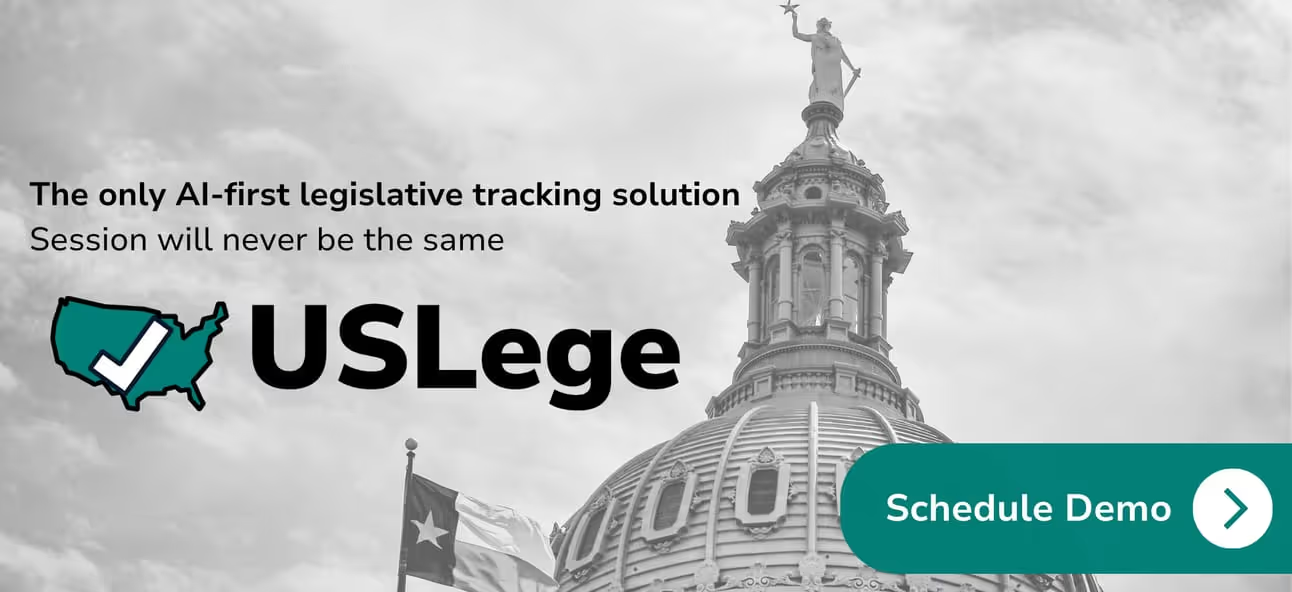
.avif)

















.avif)
